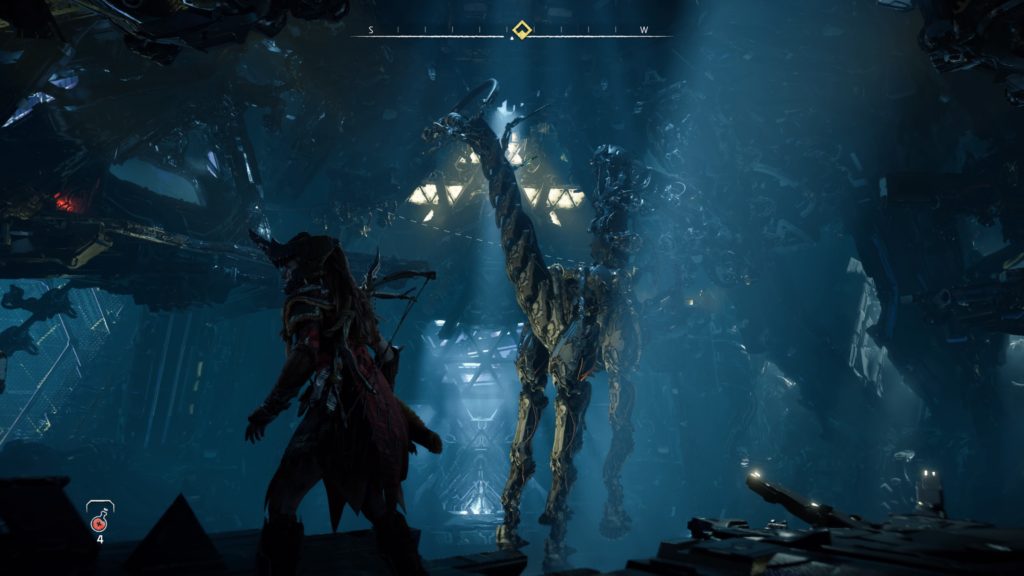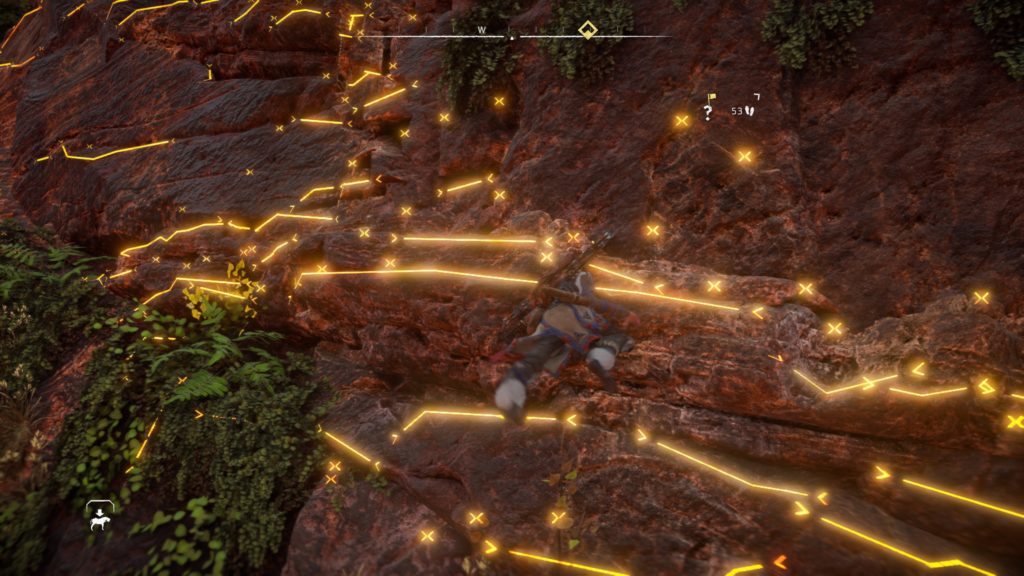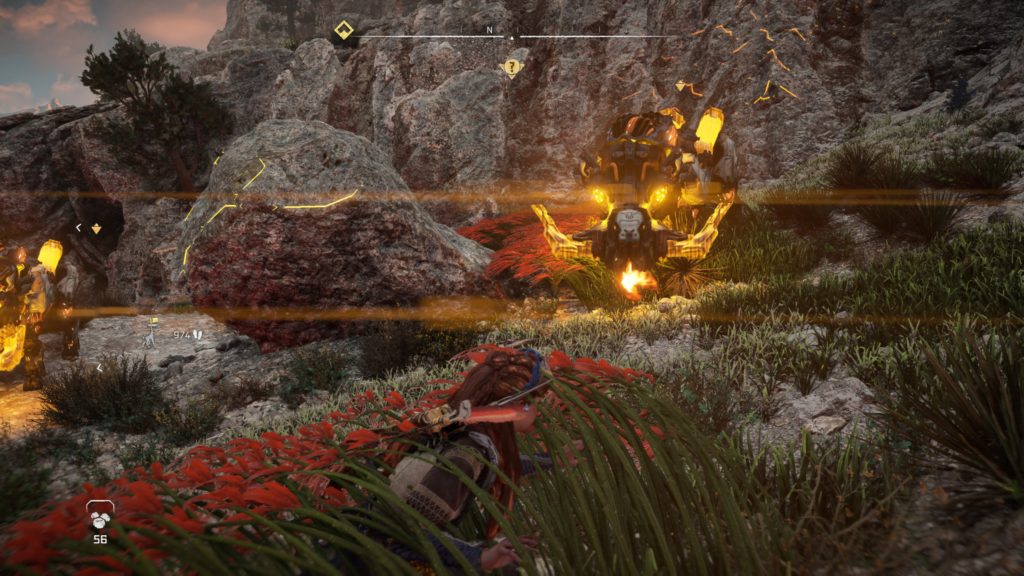- Genre: Action RPG / Adventure
- Platform: Switch
When I’m travelling, I look for certain types of games to play. They don’t necessarily have to be the best game ever, and I’d honestly rather they not be since my play sessions are inconsistent. They should have a relatively short metagame loop so I can play in both 15 minutes and multiple hours as I can manage it. They absolutely need to be portable since I’m not lugging consoles or a desktop with me. Treasures ticked all those boxes. It’s definitely not going to win game of the year, but it’s a game that became so easy to fall into that I was surprised how fast I managed to complete it.
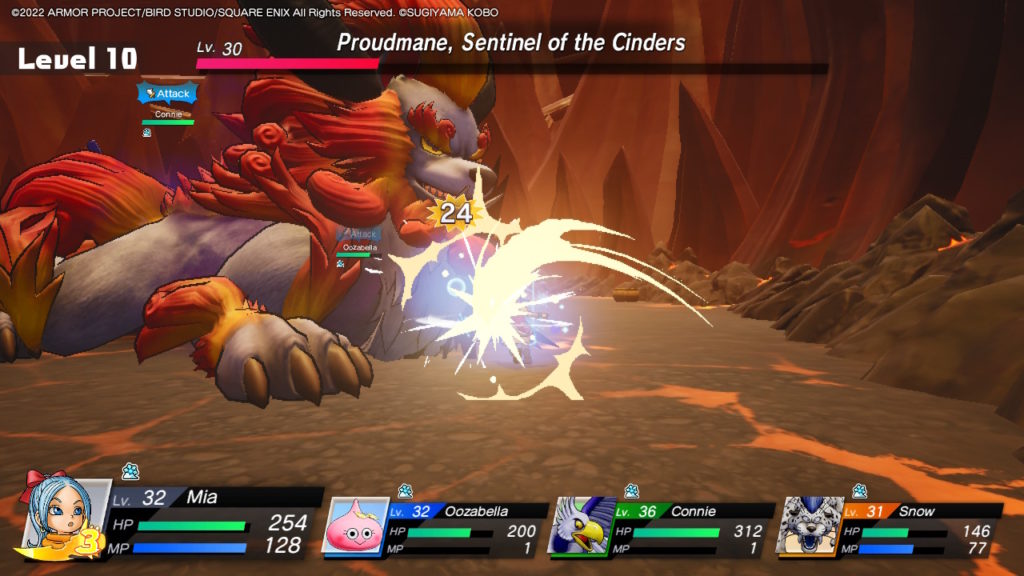
This game is the strangest mix of Pokemon and a treasure hunting game, and it somehow manages to work out alright. Your goal is ultimately to find treasure, but the other half the game can’t be ignored in the pursuit of riches. You use your party of typical Dragon Quest monsters to both fight things around, as well as to use their abilities to assist you in getting to and searching for more treasure. How that loop works out is really why this worked well for me as a vacation game.
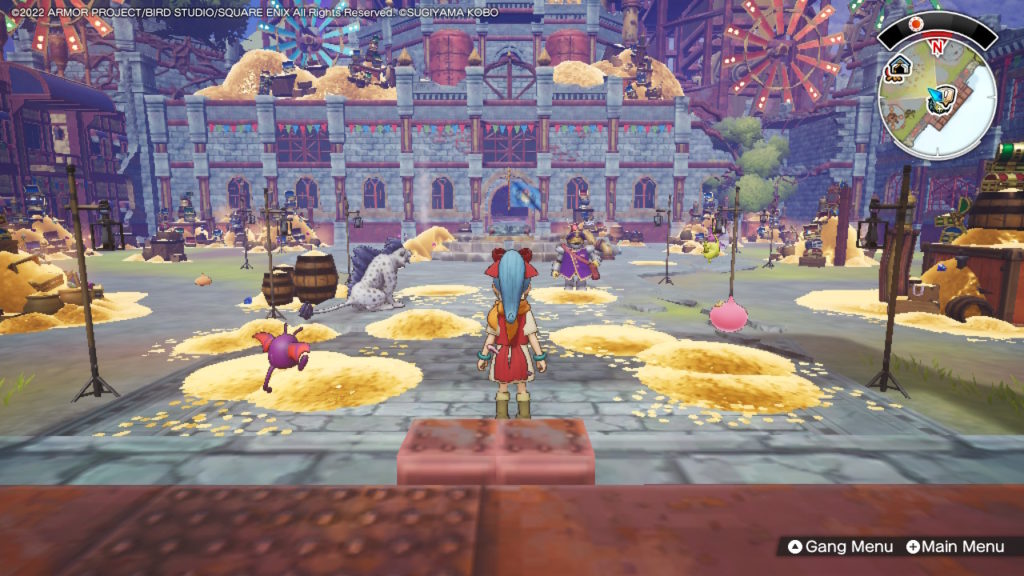
The overall metagame is a series of treasure hunts where you go out, fill your inventory, and go back to your base. Each trip is capped by how much treasure your party can carry, and in some practical sense by the fact that the farther you get into each level the stronger the enemies are. During each hunt, you’ll eventually start getting attacked by rival hunters trying to steal your treasure. This ends up encouraging you to be fast in gathering treasures, and fast in getting back to base. As a loop this takes place in roughly 10 minute intervals and it’s incredible how infinitely repeatable this can be. If all you’ve got time for is one loop, it’s just a fun distraction but you still make forward progress. If you’ve got time for more, you can instead settle into achieving specific goals – grabbing specific treasures, finishing specific side quests, finding specific party members, etc – that you can focus on over longer periods of time.
In a lot of ways, the Pokemon aspects of it feel intentionally placed because this is one of the reasons that I really enjoyed Pokemon Arceus a lot. It never felt like my time in that game was being wasted and it also never felt like I had to really set aside time to make meaningful progress. Everything I did was valuable to my overall progress, and it allowed me to enjoy the game at any time in any situation. That is what makes a perfect travel game and this really nailed it, whether or not that was intentional on the developer’s part.
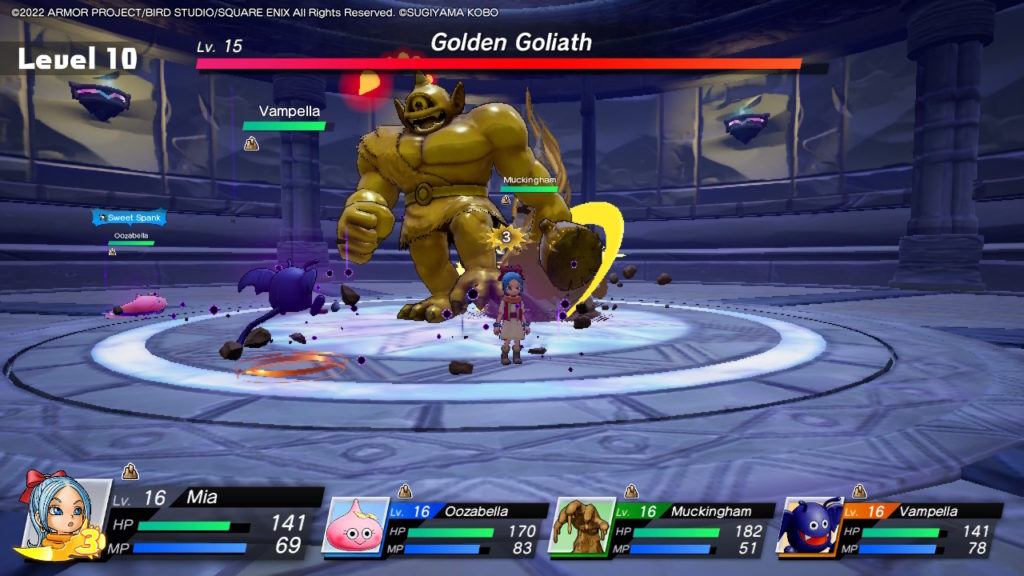
Because the core loop worked so well, the rest of the game just kind of had to not get in my way. Combat is simple, but effective. You basically attack and dodge, and that’s really all you need to worry about. There’s a neat slingshot secondary weapon that can be used for offense, but its more interesting use is to buff and heal your party on the fly. Your party have all of their own unique abilities tied to the monster design, but it’s all more or less irrelevant to the combat structure. The only one I really focused on was making sure I had a healer so I could focus my efforts on damage as much as possible. Monster collecting is more RNG-focused than I’d prefer, but you generally get monsters at a decent rate. Their ability to join your party is tied to a bit of a frustrating item trading system, but you end up getting so many items in a normal treasure hunt that it isn’t overly time consuming.
If there is one thing that I could point at as being incredibly frustrating though, it’s that your base can be attacked. It’s not that this was difficult, but the last thing I generally wanted to do after dumping my treasure back was to have to immediately be in combat. It was probably more frustrating that because it generally wasn’t challenging it just slowed down my pace and prevented me from getting back out into the field. There’s a similar annoyance while in the field where you can be attacked by random rival hunters, and it’s another case of not really being challenging and mostly just being something that slowed my pace. However, I didn’t really have major issues outside of those things.
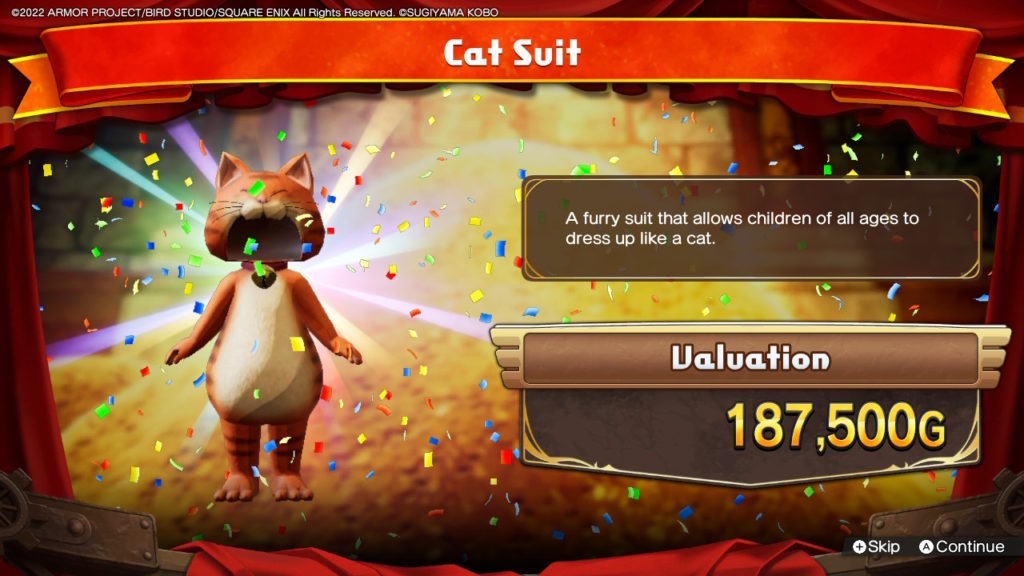
This one I guess ends up being an easy recommendation in a lot of ways because it just kind of works pretty well. It’s got a fun core meta loop, a decent enough monster collection aspect, decent enough combat, and really tries its best to not get in your way. It’s no game of the year, but because of that I also wasn’t worried about trying to book large gaming sessions to dig deep into it. I just kind of hopped in and out as I could, and because I was having fun it became more hopping in than I really expected. Because it was a travel game, it also really just fit really well into some of the smaller gaming sessions that I had that were typical of my time availability. Given the holidays are over, there may not be an opportunity to play a kind of “travel ready” game for a while, but this is a good one to keep in mind the next time you’re doing so.


